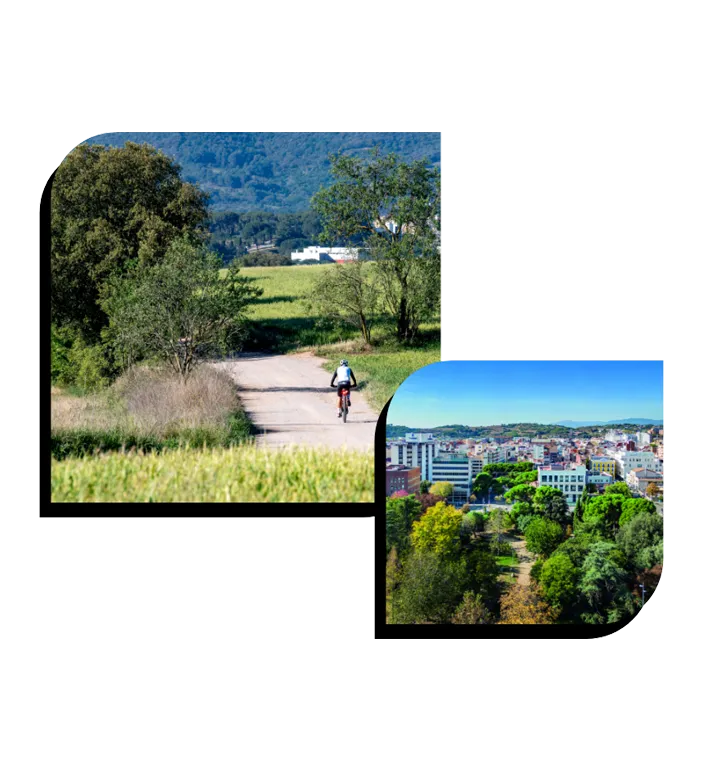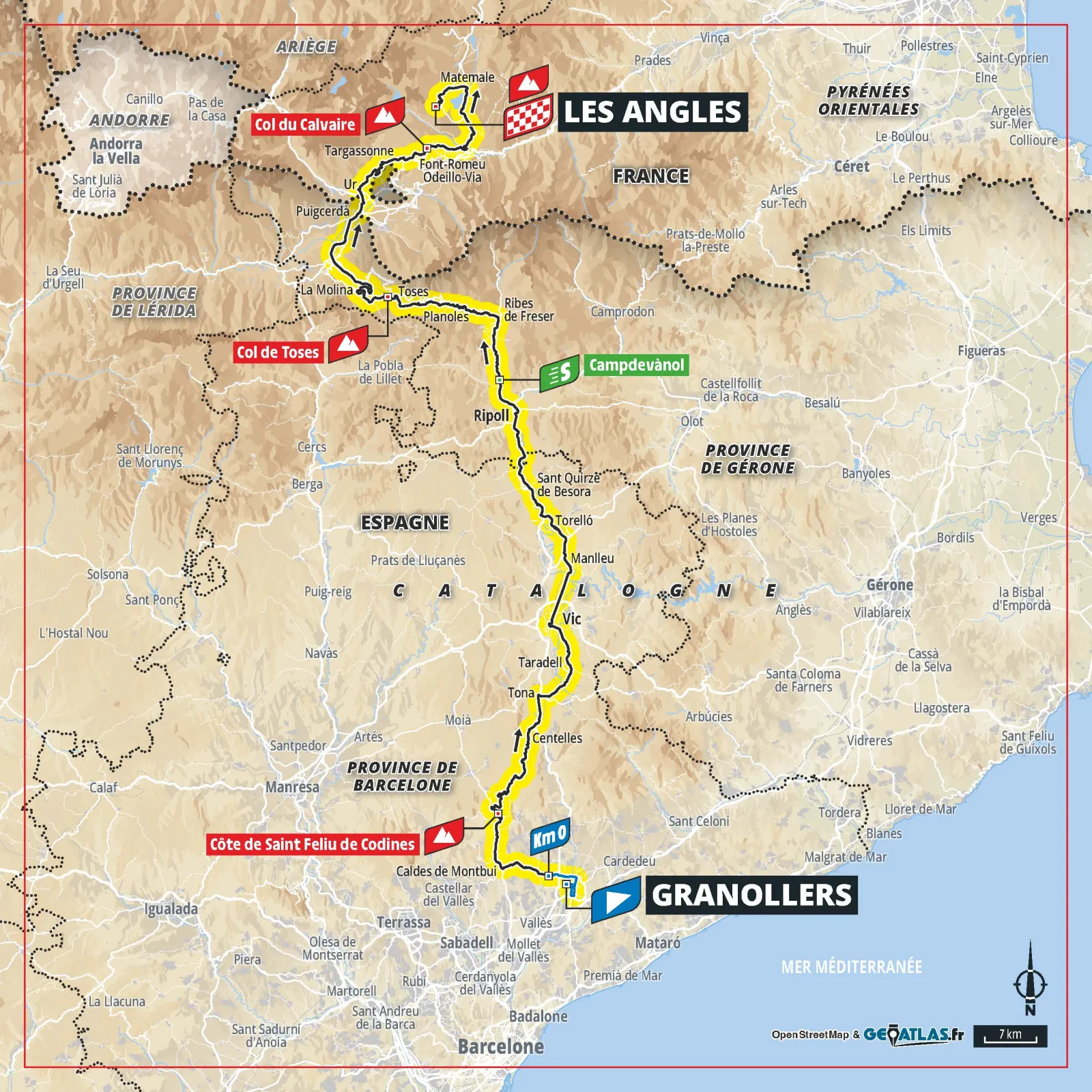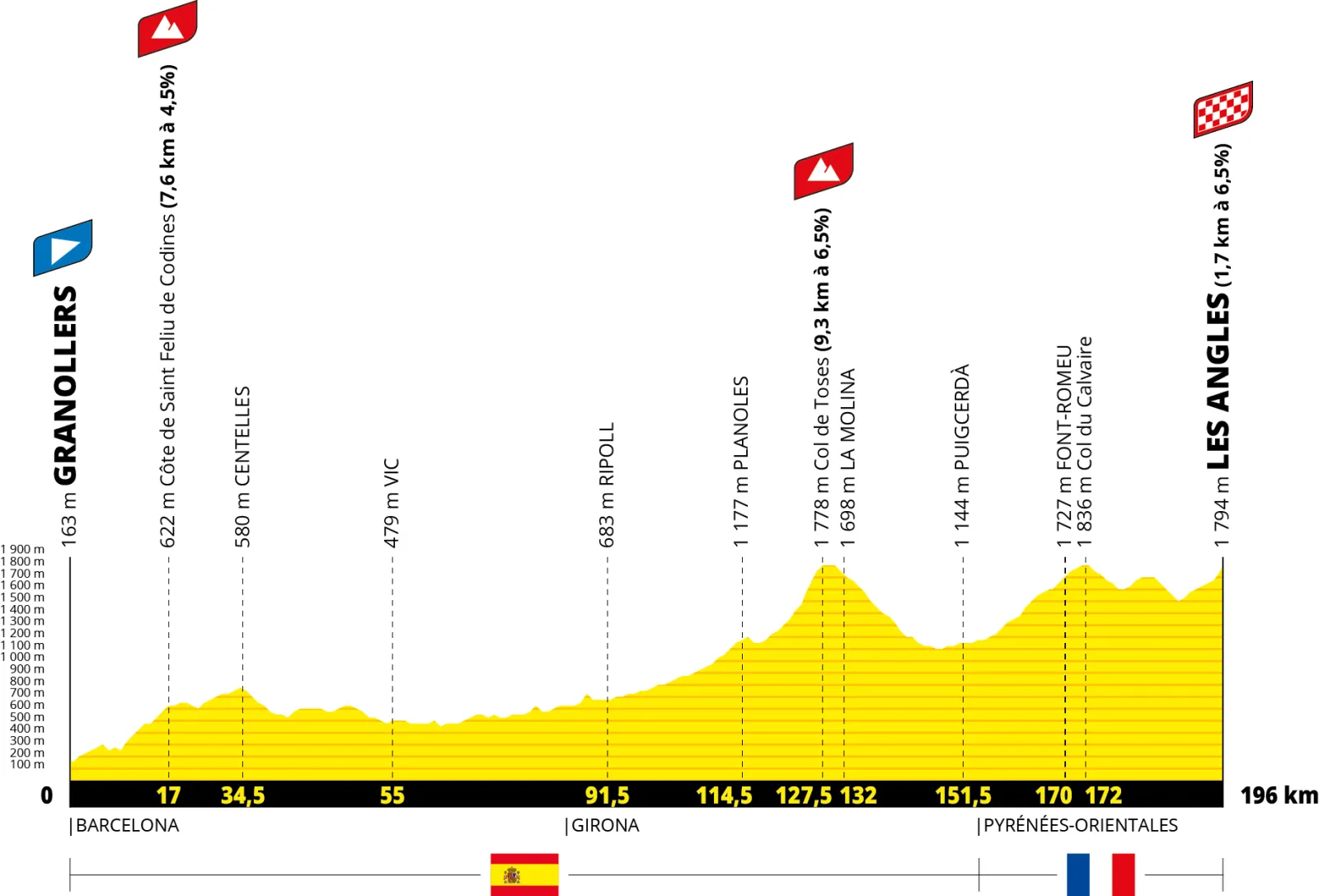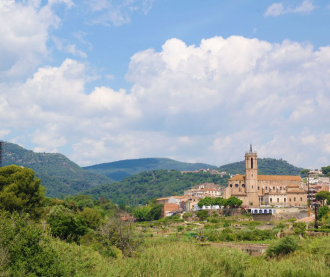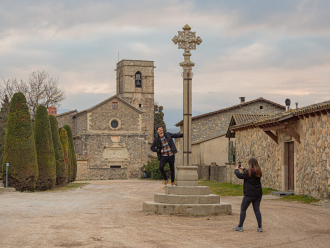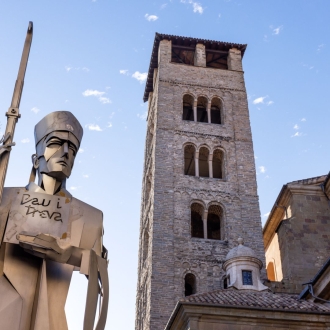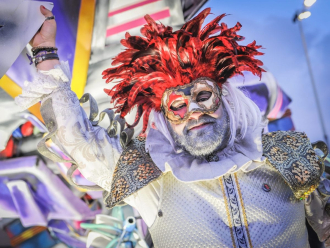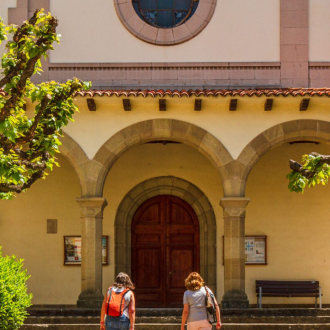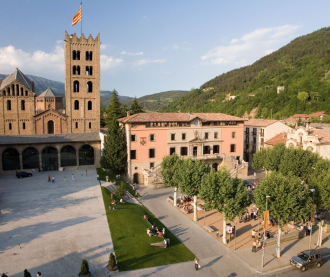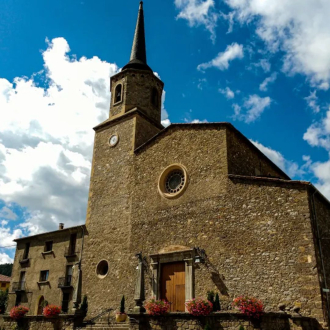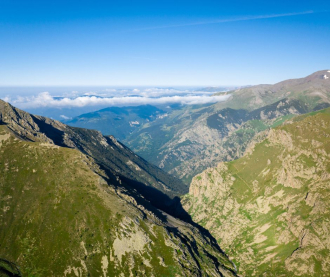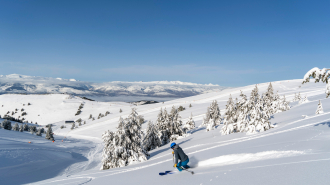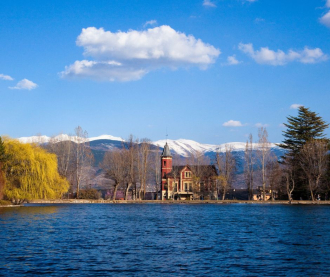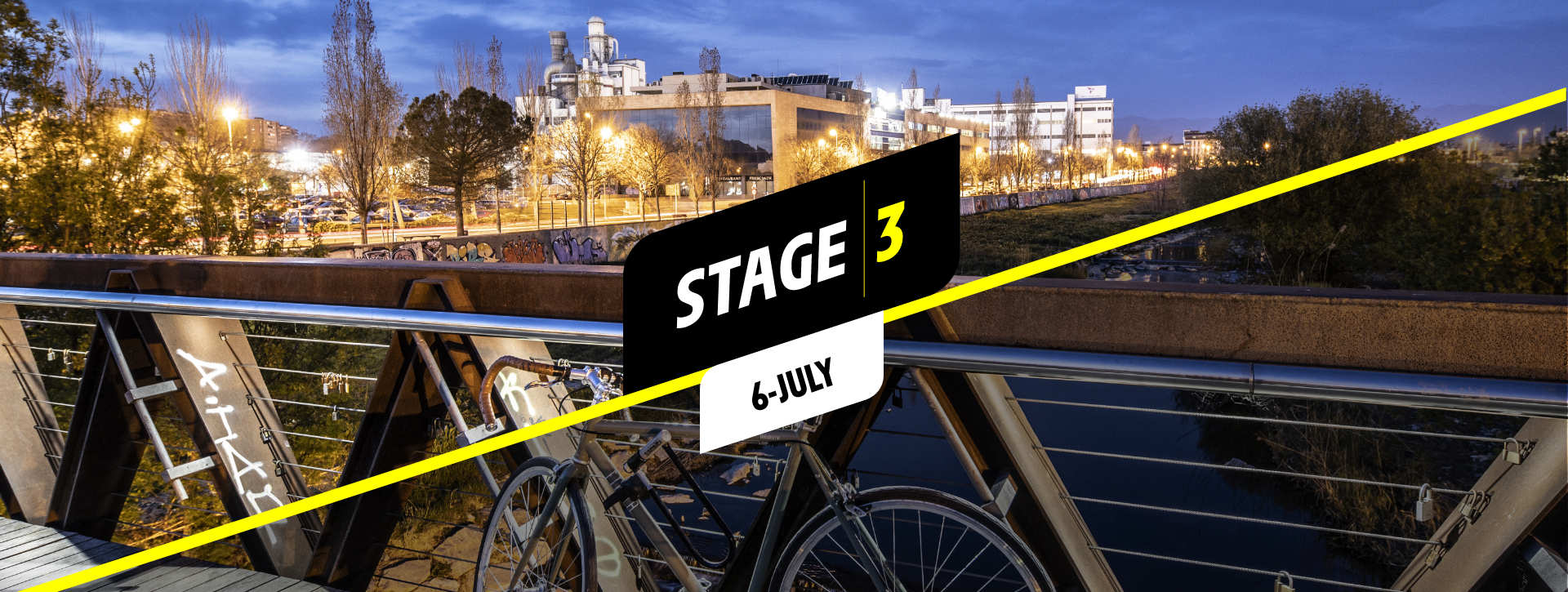

Stage 3
06/07 Granollers > Les Angles 196 km
Granollers, a city with a population of 65,000 and well known in the Spanish handball scene, is only 10 minutes away from the Circuit de Barcelona-Catalunya, which regularly hosts the Formula 1 and MotoGP World Championships, and a short distance from Barcelona. Proud of its Porxada, a covered market structure from the 16th century, it will be the starting point for this stage which will head north, towards the border with France.
Entering the Pyrenees on just the third day of racing is likely to bring new protagonists to the fore, although this stage’s profile is more likely to trigger an attack by a group of strong breakaway riders rather than encouraging the world’s best climbers onto the offensive. Despite 3,950 metres of vertical gain that include the climb up the Col de Toses before the riders leave Spain, the plateaux surrounding Font-Romeu and the climb to Les Angles (1.7km at an average gradient of 7%) are more likely to provide a springboard for a surprise guest.
